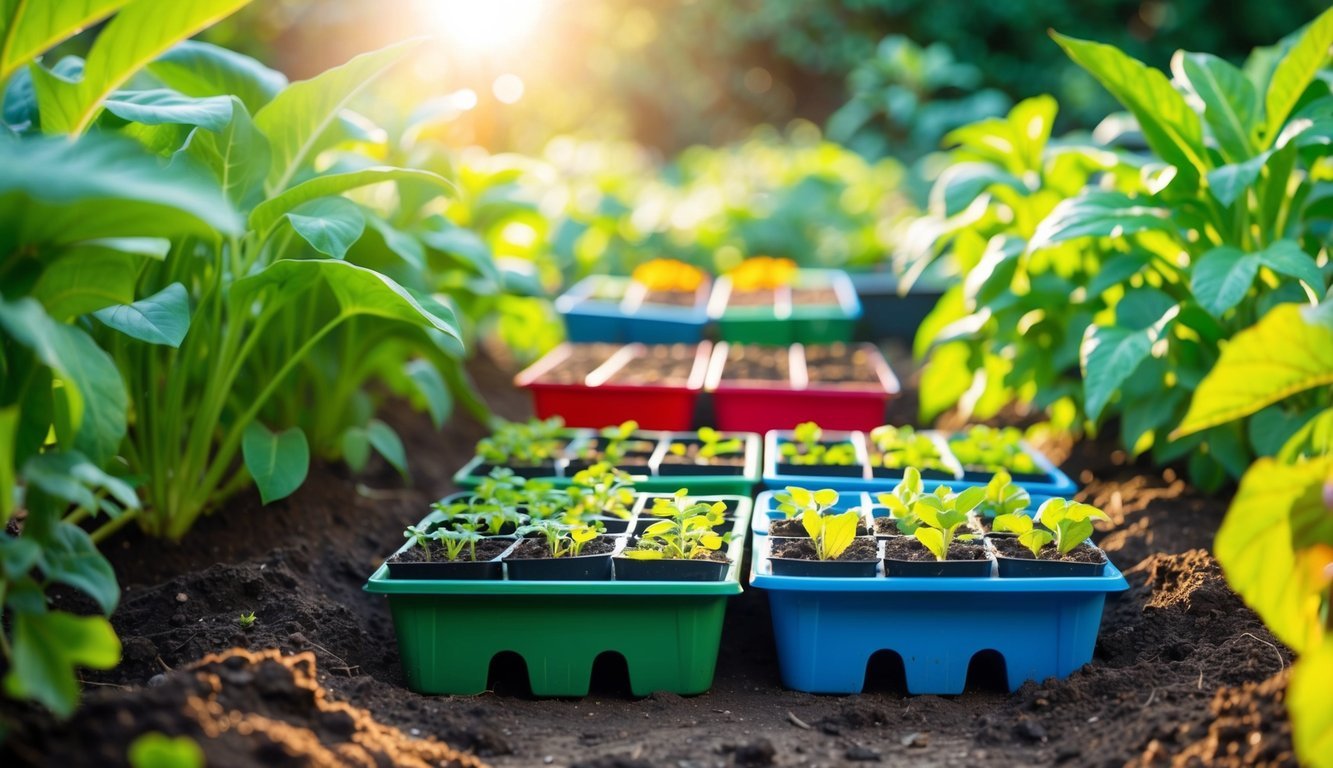
Soil blocking is a clever and resourceful technique for germinating seeds.
Instead of relying on traditional pots, soil blocks serve as both the growth medium and container for nurturing seedlings.
If you’re intrigued by the idea of making your own soil blocks without any fancy equipment, gardening expert Katherine Rowe is here to guide you through seed starting in an innovative way.
WHAT IS SOIL BLOCKING?
The soil blocking method involves using a specialized potting mix, whether store-bought or homemade, which you mold into compact cubes.
Each cube is capable of holding one or two seeds.
Once germination occurs, seedlings thrive just like those grown through other methods, establishing roots in an eco-friendly environment before being moved to larger pots or directly into your garden.
This approach offers a multitude of advantages, including:
- Fostering robust root structures
- Streamlining the transplant process
- Optimizing growing space
- Conserving resources
- Allowing customization of block sizes to cater to different seed types and quantities
KEY MATERIALS FOR SOIL BLOCKING
One of the standout features of soil blocking is the flexibility in materials.
You can either utilize items you already have on hand or invest in a few tools that will assist in future planting seasons.
To get started, you’ll need a blocking tool, a soil mix tailored for soil blocking, and trays to catch any excess moisture.
Flat trays are particularly effective for synchronized growth and can be watered from the bottom.
Consider using nursery trays, baking sheets, or even repurposed takeout containers as your base—just ensure they have a slight edge to contain water.
CRAFTING YOUR POTTING MIX
While making your own potting mix takes some initial effort, it can be economical over time and allows you to add in personal compost and minerals.
Alternatively, pre-packaged blocking mixes offer a convenient option if you prefer.
An effective blocking mix needs a base that holds its shape, so blend either peat or coir into the mix.
Various organic recipes are available, but successful mixes will maintain the right level of moisture for compactness without being too wet.
Here are two simple recipes worth consideration:
- Basic Potting Mix:
- 1 part coir, peat, or a similar alternative
- 1 part sifted compost
- 1 part perlite
- 1 cup blood meal
- Peat-Free Recipe:
- 4 parts peat-free potting soil
- 1½ parts coconut coir
- ½ part greensand
- 1 scoop of granular mycorrhizae
Armed with these techniques for soil blocking without relying on specialized tools, enjoy a more sustainable and efficient approach to starting your seeds! Happy gardening!
Source: Epicgardening

